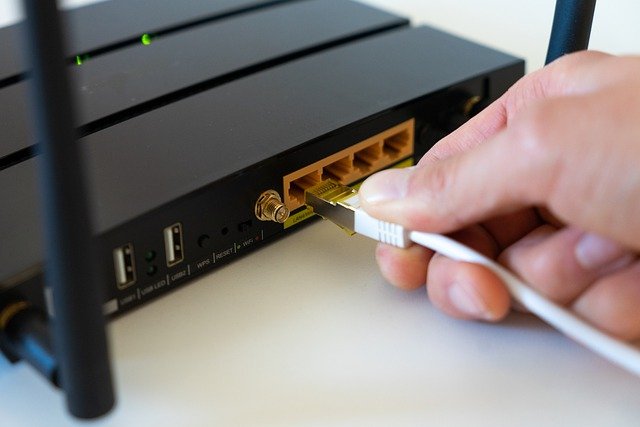
Most contemporary cameras transmit data over a network, and bandwidth is an essential part of ensuring your cameras can properly record and transmit high-quality video.
If you have a commercial surveillance camera setup, especially with long range wireless cameras, it’s important to have dedicated internet for your cameras.
Relying on the same Wi-Fi that your business uses often results in reduced efficiency and security risks for your surveillance cameras.
By installing local, dedicated, point-to-point networks to connect separate buildings at your location, you can maximize the efficiency of your surveillance cameras. Even if local internet isn’t a dependable option, you can still use cellular access, especially with the advent of 5G, but cellular data charges can be higher.
Here’s what you need to know about bandwidth requirements for commercial surveillance camera systems.
Bandwidth Consumption Varies Among Cameras
Surveillance video can require a large amount of bandwidth, but bandwidth varies from camera to camera. For example, if you have long range wireless cameras, these will require significantly more bandwidth than analog cameras.
Bandwidth is measured in bits, more specifically bits per second (bps). Determining the bandwidth of each camera in your system can help you calculate the total amount of bandwidth your business needs. To maintain high-quality video and reliable transmission, you need to have the right amount of bandwidth and not just use existing Wi-Fi.
The bandwidth can vary based on the light and detail of the scene each camera records, as well as the resolution and frame rate. It’s possible to minimize bandwidth without compromising video quality and consistency, but only with the right infrastructure [1].
Determining How Much Bandwidth You Need
To find out how much bandwidth your commercial surveillance system needs, you need to know:
- The bandwidth requirements of each camera. You’ll need to consider the camera’s resolution, the frame rate per second, and video compression for transmission to determine this.
- How many cameras you have in your network. The more cameras you have, the more bandwidth you’ll need to accommodate them.
- Your video storage and access needs. The rate at which your cameras transmit video across your network is the same rate that it will be stored, and therefore able to be accessed.
It’s only possible to estimate the amount of bandwidth you need without actually testing it, which a commercial security provider can help you do. Testing your data requirements can help you optimize your bandwidth and plan your infrastructure accordingly [2].
When you don’t have enough bandwidth, your video can get choppy or fuzzy, and the camera can even freeze and stop recording. This is part of the reason why having the proper bandwidth is essential for reliable surveillance.
Why Is Having Dedicated Internet Necessary?
Having dedicated internet based on your bandwidth requirements for your commercial surveillance system and long range wireless cameras is important for a few key reasons.
Not only can dedicated internet keep your cameras running smoothly and eliminate interruptions to your feed, but it can also ensure you have the video you need and ensure optimal performance of your cameras.
Trying to work with limited bandwidth for your surveillance system, or trying to fit your video requirements into an existing bandwidth, has its drawbacks and can affect the reliability of your video function [3].
Fortunately, a commercial security provider can help you estimate, test, and design your dedicated internet for your cameras to ensure efficient, reliable surveillance. Contact us at Surveillance Secure today to find out more about internet bandwidth requirements for your commercial security needs at (877) 388-1248!
Sources:
- https://www.cs.princeton.edu/~kylej/papers/com287-zhang.pdf
- https://nabil.eng.wayne.edu/_resources/pdf/ACMMM_2017_sina.pdf
- https://www.researchgate.net/publication/234802068_Mobile_video_surveillance_with_low-bandwidth_low-latency_video_streaming

 Virginia DCJS Private Security Services ID #11-6085
Virginia DCJS Private Security Services ID #11-6085